Music
Trailers
DailyVideos
India
Pakistan
Afghanistan
Bangladesh
Srilanka
Nepal
Thailand
Iraq
Iran
Russia
Brazil
StockMarket
Business
CryptoCurrency
Technology
Startup
Trending Videos
Coupons
Football
Search
Download App in Playstore
Download App
Best Collections
Technology
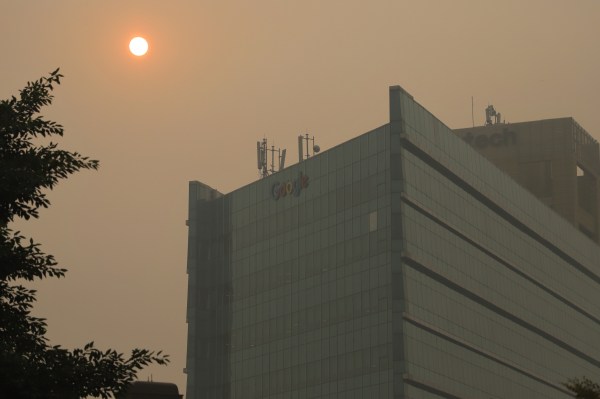
Google said on Thursday that an employee at its office in Bangalore, India has tested positive for the COVID-19 coronavirus and the firm has asked all the other employees in that office to work from home on Friday out of abundance of caution.
&We can confirm that an employee from our Bangalore office has been diagnosed with COVID-19. They were in one of our Bangalore offices for a few hours before developing any symptoms,& a company spokesperson said in a statement, adding that those who were in close contact with the employee have been asked to quarantine themselves.
In an internal email, accessed by TechCrunch, Anand Rangarajan, director of engineering at Google, said the infected &Googler contracted the virus after traveling overseas.&
In recent days, Google has moved to ask all its employees in North America, Europe, and several other regions to work from home. But the company has yet to extend such measure to its employees and contractor workers in Asian markets.
Several startups in India have taken a more proactive approach. Bangalore-based Zerodha, which is the largest stock broker, made it mandatory for all its employees on Thursday to work from home.
Bangalore-based Instamojo, which helps small merchants, education startup Unacademy, mobility firm Bounce, recruiting startup Springworks, and social commerce startup Meesho have all enforced a similar policy.
To date, 74 cases of COVID-19 have been detected in India, up from some 40 late last week. To raise awareness about the infectious disease, telecom operators in the country have started to warn users ahead of each call. On Wednesday, India suspended a vast majority of visas to the country to contain the virus.
The Indian stock markets plunged into bear territory on Thursday, heightening worries for the immediate future prospects of the nationalready slowing economy. The Nifty plunged 8.3% to 9,590.15, its lowest close in two-and-a-half years, while the Sensex slid about 8% to a near two-year low of 32,778.14.
The last time Indian stock indexes dropped as much was at the height of the global financial crisis in 2008.
- Details
- Category: Technology Today
Read more: Google employee in Bangalore tests positive for coronavirus
Write comment (93 Comments)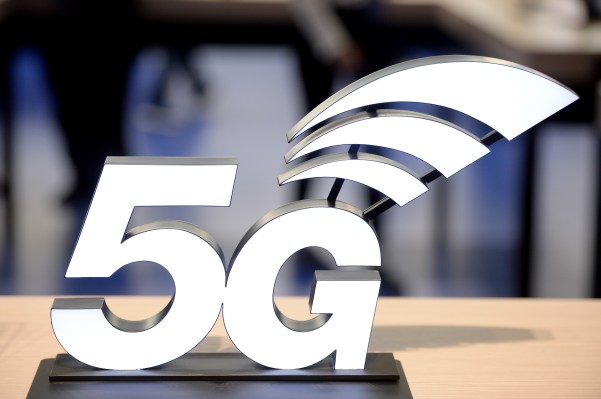
No surprise, really, that 5G smartphone sales are on the way up. Frankly, therereally no other way to go, according to the latest numbers from NPDMobile Phone Tracking. The firm noted that 5G handsets accounted for less than 1% of total sales in the U.S.
The hurdles are also what you&d expect: namely, pricing and the lack of 5G availability. Therealso the fact that for much of 2019, there simply weren&t that many phones to purchase. When the devices did start arriving from companies like LG, Samsung and OnePlus, the numbers started trending upward, with an increase of roughly 9x from the first to the second half of the year.
Awareness, too, increased notably. Some nine in 10 surveyed consumers in the U.S. had some familiarity with 5G in the second half of the year, up from 73% in the first half. Meanwhile, 65% expressed &interest& in purchasing the tech. How that translates to actual sales, however, is another question entirely.
That should improve as the price of manufacturing these devices comes down, thanks to lower-cost components from companies like Qualcomm. And in markets like the U.S., 5G coverage will be greatly expanded by yearend, making it a much more appealing purchase. And, of course, never underestimate the impact of Applefirst 5G iPhone.
Smartphone manufacturers have very much been banking on the increased interest in 5G to help correct the larger trend of flagging sales.
Of course, it remains to be seen how COVID-19 will impact sales. It seems safe to assume that, like every aspect of our lives, there will be a notable impact on the number of people buying expensive smartphones. Certainly things like smartphone purchases tend to lessen in importance in the face of something like a global pandemic.
- Details
- Category: Technology Today
Read more: 5G devices were less than 1% of US smartphone purchases in 2019
Write comment (90 Comments)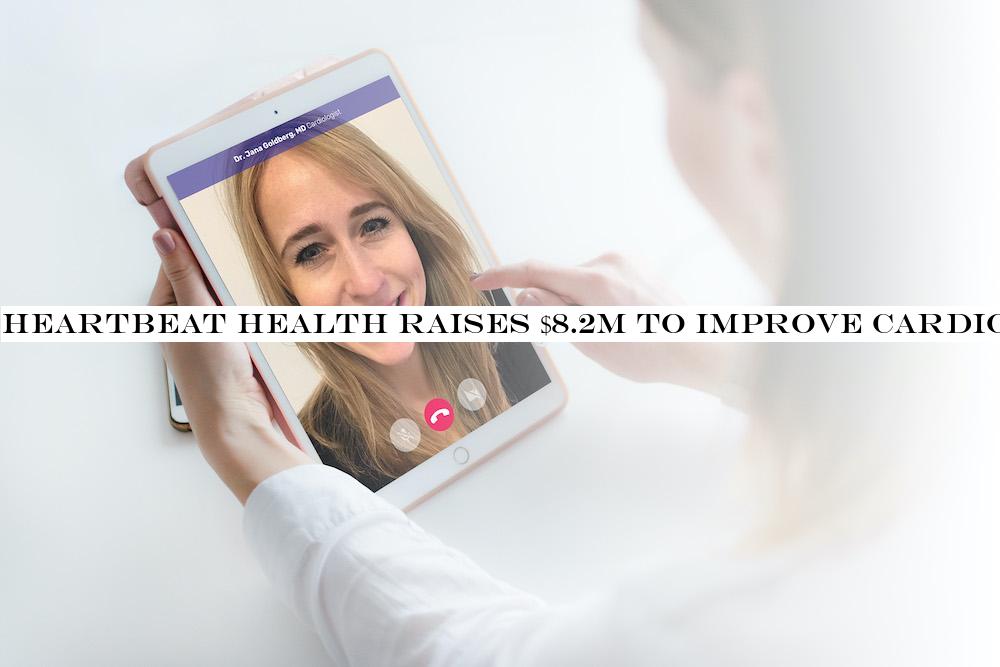
While you&ve probably spent a lot of today thinking about the COVID-19 pandemic, itworth remembering that other health issues aren&t going away — and that heart disease remains the leading cause of death in the United States.
Heartbeat Health is a startup working to improve the way that cardiovascular care is delivered, and it announced today that it has raised $8.2 million in Series A funding.
Dr. Jeffrey Wessler, the startupco-founder and CEO, is a cardiologist himself, and he told me that he &stepped off the academic cardiology path& about three years ago because he &saw some of the work being done in digital health space and became incredibly enamored of doing this for heart health.&
Wessler said that the delivery methods for cardiovascular care remain almost entirely unchanged. To a large extent thatbecause the existing model works, but therestill room to do better.
&As of the last seven or so years, we&re in a new era where we&ve figured out how to treat people well once they get sick,& he said. &But we&re doing a very bad job of keeping them healthy.&
To address that, Heartbeat Health has created what Wessler described as a &digital first& layer, allowing patients to talk with experts via telemedicine, who can then direct them to the appropriate provider — who might be a &preferred Heartbeat partner& or not — for in-person care.
This initial interaction can help patients avoid &a lot of inefficiencies,& he said, because it ensures they don&t get sent to the wrong place, and &kick[s] things off right with evidence-based, guideline-based testing, so that they&re not just falling into the individual practice habits of random doctors.&
In addition, Heartbeat Health tries to collect all of a patientrelevant heart data (which might come from wearable consumer devices like an Apple Watch or Fitbit) in one place, and to track results about which treatments are most effective.
&Ultimately, we want to be the software, the technology powering it all, but we don&t want to leave any patient behind at the beginning,& Wessler said.
He added that the program works with most commercial insurance and is already involved in the care of 10,000 New York-area patients. And apparently itbeen embraced by the cardiologists, who Wessler said always tell him, &We&ve been waiting for that layer to come in and unify this incredibly fragmented system, as long as it works with us and not against us.&
The funding was led by .406 Ventures and Optum Ventures, with participation from Kindred Ventures, Lerer Hippeau, Designer Fund and Max Ventures.
- Details
- Category: Technology Today
Read more: Heart beat Health raises $8.2 M to improve cardiovascular care
Write comment (92 Comments)
If thereone thing certain during a pandemic, itthat hackers will use it for their own gain.
Don&t be too surprised. Every time therea major news story, a world event or even regular national events like tax preparation season, hackers jump at the chance to take advantage of the uptick in chatter to launch attacks against unsuspecting victims.
As it turns out, the COVID-19 pandemic isn&t any different.
Several cybersecurity firms are reporting an uptick in attacks against a range of targets, all using the ongoing COVID-19 pandemic as a hook to hoodwink their victims into running malware. It comes as large portions of the globe are on lockdown amid the outbreak of the coronavirus strain. The World Health Organization said as of Thursdaysituation report that the coronavirus has resulted in 125,000 confirmed cases and 4,613 deaths.
FireEye said it has seen an uptick in targeted spearphishing campaigns from hackers in China, North Korea and Russia, to deliver malware. Ben Read, a senior manager in FireEyeintelligence analysis unit, said all of the campaigns it has witnessed have leveraged the coronavirus as a lure to compromise their victims& computers.
Recorded Future has also observed a number of cybercriminals using the coronavirus to spread a number of different types of malware against targets in the U.S., Europe and and Iran — three areas most affected by the COVID-19 outbreak outside of China, where the new coronavirus strain first emerged. The researchers found that some of these campaigns imitate &trusted& organizations like the World Health Organization and the U.S Centers for Disease Control and Prevention to infect their victims.
And Check Point, which last month found a number of coronavirus-themed disinformation campaigns, now says it has found a new malware campaign leveraging the fear of the outbreak to surreptitiously install a powerful remote access trojan designed to take full control of a victimcomputer.
But researchers say that attackers aren&t just using the coronavirus as a cover for spreading malware.
Email security firm Agari told TechCrunch that it has evidence of what appears to be the first case of a coronavirus-themed business email compromise attack, designed to trick businesses into turning over money.
While Agari said it has seen several coronavirus-related emails used to deliver spam, steal credentials and infect victims with malware, the company said it has seen a threat group it calls Ancient Tortoise using spoofed emails in an effort to trick a victim companycustomers to pay an outstanding balance but to a different bank than usual, &due to the coronavirus outbreak.& The different bank is a mule account based in Hong Kong, said Agari researchers.
As governments and companies scramble to contain the pandemic, security researchers are trying to better understand and detect the current spike in malware. And as long as the threat from the coronavirus remains, so will the risk from hackers.
- Details
- Category: Technology Today
Read more: Hackers are jumping on the COVID-19 pandemic to spread malware
Write comment (90 Comments)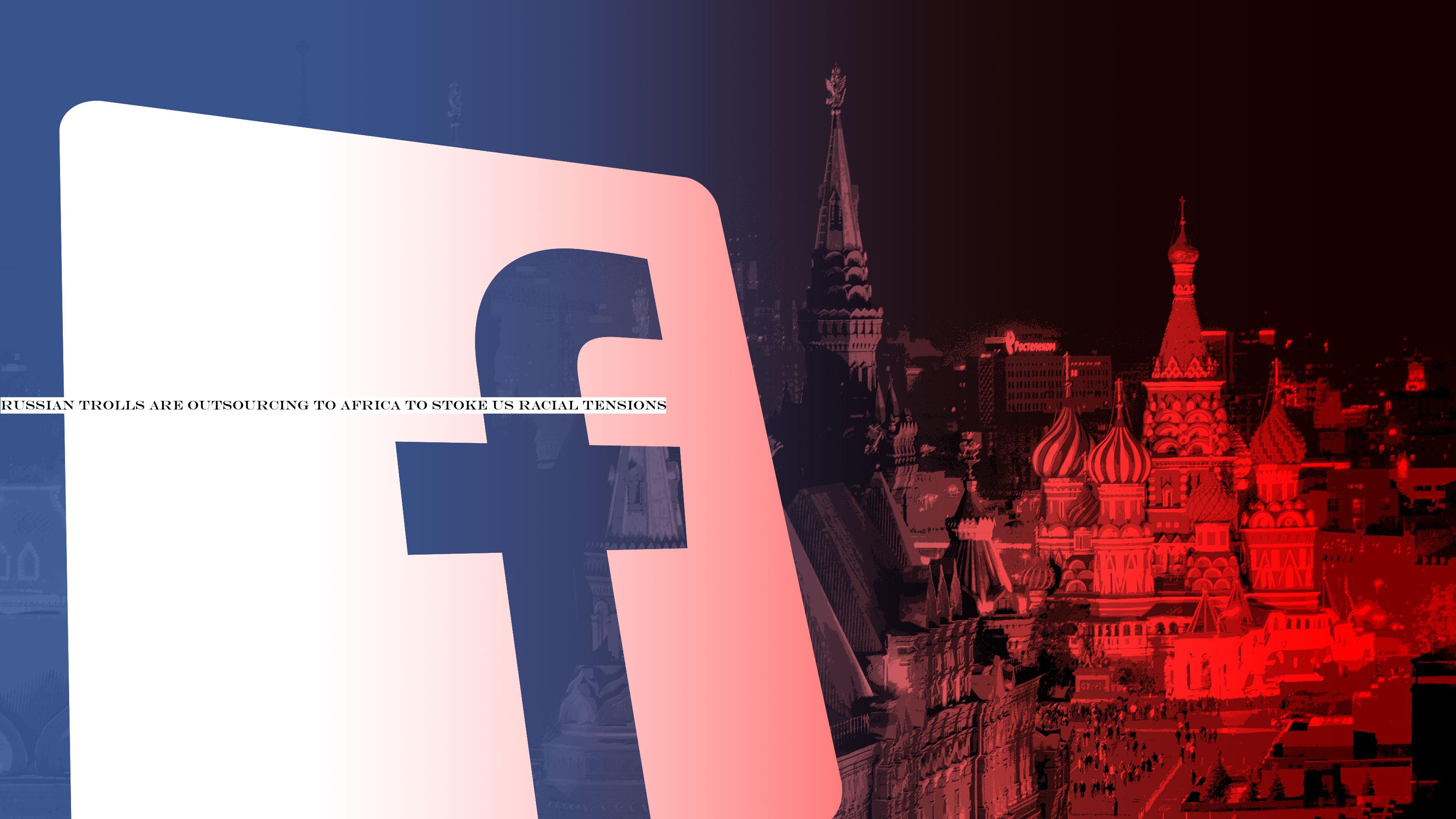
With tech companies wise to many of the tactics that Russianow-infamous troll farms used to seed disinformation during the 2016 election, those campaigns are getting creative.
According to a pair of reports out from Facebook and Twitter, a disinformation campaign run by individuals with links to RussiaInternet Research Agency (IRA) is back and focused on the U.S., but this time itbeing run out of Africa.
&This network was in the early stages of building an audience and was operated by local nationals — some wittingly and some unwittingly — in Ghana and Nigeria on behalf of individuals in Russia,& Facebook explained in its blog post.
CNN apparently conducted its own deep investigation into the operations in Ghana and Nigeria, going so far as to even tour one of the houses where a group of Ghanaians worked to craft posts targeting American social issues.
Surprisingly, Graphika, a social analytics firm that specializes in disinformation, observed that these campaign did not focus on the U.S. election or presidential candidates specifically, but when candidates did come up in the content &it was through the lens of human rights, tolerance and racism.&
Graphika Chief Innovation Officer Camille Francois notes that the Russia-based campaign relied on a Ghana-based NGO as a kind of proxy and that at least some of those involved were likely not aware of the true nature of their work.
&That operation shows us the appetite of foreign actors to use proxy groups in increasingly creative way,& Francois told TechCrunch. &It also shows information operations can be based anywhere&
Most of the accounts were created in the second half of 2019 and the content they generated addressed issues around race, particularly tensions between black and white Americans. According to Facebook, the campaign concentrated on topics like black history and black excellence, but also &content about oppression and injustice, including police brutality.&
Facebook detected 49 Facebook accounts, 69 Facebook Pages and 85 Instagram accounts participating in the campaign. On Facebook, the relatively nascent accounts accumulated roughly 13,500 followers. On Instagram, the accounts had a following of around 265,000.
On Twitter, 71 accounts linked to the Russian-run operations in Ghana and Nigeria spread similar messages in an effort to &sow discord by engaging in conversations about social issues, like race and civil rights.&
Italarming — if not surprising — that Russian efforts to inflame existing social divides in the U.S. continue, but Twitter offered a useful reminder that most disinformation in the country comes from within, not from without.
- Details
- Category: Technology Today
Read more: Russian trolls are outsourcing to Africa to stoke US racial tensions
Write comment (99 Comments)Stay with me here. As we enter the full throes of coronavirus spread in the U.S., itbecoming incredibly evident that we cannot depend on the federal apparatus to clearly communicate any of the necessary information citizens need. From the CDC removing exact testing numbers from its site to the president saying it would just &go away& to the White House attempting to make information about the virus briefings classified.
Meanwhile, everyone is trying to determine what the right level of panic is. Fear is a healthy response to danger and it helps the body get ready to fight by raising adrenaline levels and heightening awareness so that we can take in new information about our situation and process it faster.
Too much fear without the proper information, though, and the mind goes blank. I went to the store last night and the toilet paper aisle was completely bare…but the dry goods aisle was fully stocked.
The kind of hive-driven thinking that puts fear of a dirty ass ahead of starvation is exactly the problem that clear communication would address.
This would allow informed urgency to take the place of panic or complacency.
Now, more than ever, we need a crisply defined set of messaging and information about the coronavirus& capabilities, spread, effects, treatment and mitigation methods. And I&m beginning to wonder whether we might take a cue from the way that cybersecurity vulnerabilities are handled now.
There have been &famous& worms and viruses in the computer world in the past, hell even the Morris worm had a name. But in the modern era, the OpenSSL security bug Heartbleed was one of the first to be branded and defined so thoroughly and so quickly. 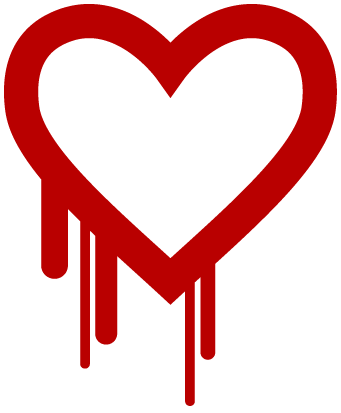
It had a name, a memorable logo, it had a simple, clear website that outlined the causes and possible remedies for the vulnerability which could have led to a massive breakdown in the security and stability of the internet.
What does the coronavirus have? Confusion about the coronavirus being the carrier and COVID-19 being the disease and how to use each of those in the proper context.
Instead of some central, clear resource, the teens are turning to meme accounts to try to figure out what the hell is going on. Which again brings up the way that information is spread on the internet today. Virality is about multi-modal comms. A meme works across Instagram and Twitter and TikTok and Snap and the web. So you need to provide something that is instantly recognizable across those platforms as a single origin source of quality — thata brand.
We know the prime faults at play here, the gutting of the CDC, a politicized viral mitigation process and subsequent massive delays in testing.
But we&ve had time to make our own way.
We&ve known that a coronavirus pandemic is possible and even expected. Bill Gates warned attendees of a conference held by the Massachusetts Medical Society and the New England Journal of Medicine of the dangers of a pandemic in 2018 and the need to prepare ourselves as if we were going to war. The Gates Foundation and Johns Hopkins even ran an extensive simulation of a very similar kind of zoonotic coronavirus to the one thatwe&re experiencing today.
The conclusion of that simulation, by the way, was something like 65 million deaths over 18 months. The virus in the suddenly very popular Matt Damon vehicle Contagion only killed 26 million people.
The signs are all over that we need to find a way to punch through the communication failures and misinformation storm to craft a unified messaging platform that gets across the base nature of the virus and the ramifications if we don&t do something about it.
The most effective piece of branding I&ve seen on the coronavirus and COVID-19 so far is a chart that shows, in graphic form, what the cost of not flattening the curve of contagion looks like. It has since been shared, remastered by publications and even turned into a gif.
Sadly, itthe closest thing we have to a high-impact, clarity-driven call to action in this thing so far.
There are also some other attempts, like a 17-year-old Seattle studentlive updated website with current statistics. And, of course, the excellent Johns Hopkins case-tracking dashboard. And yes, we&re running a COVID-19 info page to help you understand what it means for your business.
But what we really need now is a set of reference works that help people identify, understand and follow along with quality information and direction on the coronavirus. I&m honestly not sure how to maintain it, or who should shepherd it (beyond not the CDC at this point), but states are one possible steward of this kind of brand. If state surgeons general banded together with a solid product and branding team I think it could end up making a real difference in the recognition of reliable sources of information about the virus.
Or, we could just keep up the ad hoc approach and get it from whatever random tweet we see next. Either or.
- Details
- Category: Technology Today
Read more: Does coronavirus need a brand
Write comment (94 Comments)Page 1256 of 1445

 15
15





